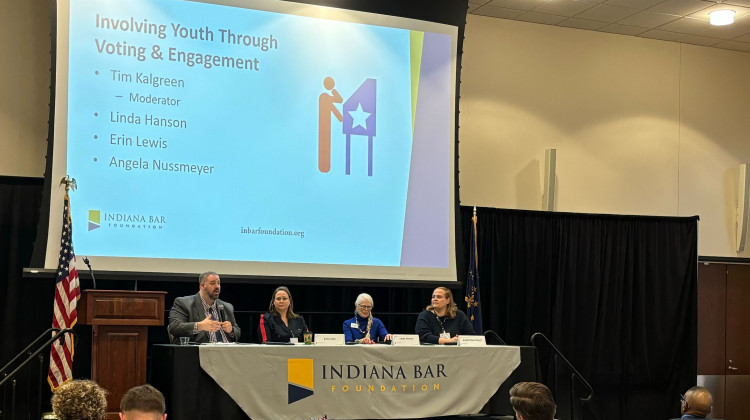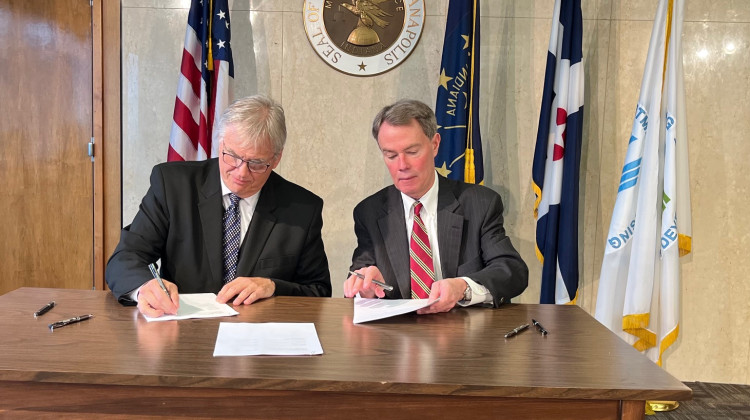INDIANAPOLIS -- The public has until Saturday, Oct. 31, to weigh in on the strategic plan that will guide how the state’s forestlands are used over the next four years.
A little more than 10 years ago, the Division of Forestry sold about three million board feet each year from state-controlled land. But today, more than four times that much timber – 14 million board feet – leaves the forest each year. Despite pleas from environmental groups, the forestry division did not scale back on logging in its new strategic plan.
Part of the reason connects back to the Mitch Daniels administration. In 2005, Daniels moved to make public agencies more self-sustaining, and in 2008, the Division of Forestry lost a large chunk of property tax revenue. That forced the agency to turn to other sources of money, and now the sale of forest products makes up about half its annual budget.
Even at the current level, says state Forestry director John Seifert, they’re only cutting about 60 percent of what they’re growing.
"We try to, typically, thin the garden so to speak -- remove the trees that we think aren’t going to make it to the next harvest, free up the other ones -- and at some point we will regenerate the forest, it may be 100 years or 150 down the road," Seifert said.
But Jeff Stant, executive director of the Indiana Forest Alliance, says natural forest land shouldn’t be viewed as a crop and says the proposed plan has no vision.
"That’s destroying the forest interior habitat that these forests provide, Stant said. "In 12 more years they will have done aggressive logging in every single tract except for the 1 percent that’s in nature preserves."
The Division of Forestry manages around 150,000 acres, about 30 percent of the total DNR ownership, and has an annual budget of about $9 million, with about a half coming from product sales.
Another key part of the plan calls for increased recreational opportunities in state forests and instituting more user fees.
Some lawmakers have expressed interest in studying the issue of forest management and increasing protection.
 DONATE
DONATE







 View More Programs
View More Programs


 Support WFYI. We can't do it without you.
Support WFYI. We can't do it without you.